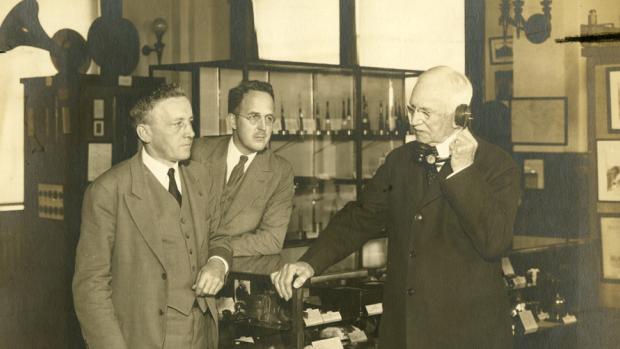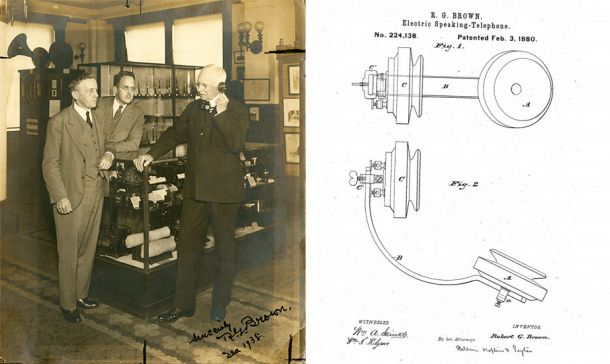Tandon Calling
In honor of Alexander Graham Bell's birthday, a look back at some of Tandon's own communications greats

Today, many people know NYU Tandon School of Engineering as the home of NYU WIRELESS, the first university center to combine wireless engineering, computing, and medical applications research. The center’s members conduct pioneering research with the millimeter-wave (mmWave) spectrum, including propagation measurements, radio channel modeling, system simulation, and antenna technology that are the foundation for the next, super-fast, fifth generation of mobile technology, 5G, which is projected to become 1,000 times faster than 4G, with the ability to handle at least 50 times more traffic.
Professor Ted Rappaport, the visionary founder of NYU WIRELESS, has said that the technology developed by the center and its partners may one day enable interconnected devices of the Internet of Things, autonomous vehicles, and medical uses beyond our wildest dreams.
But the Tandon School of Engineering has always been a place where people are unafraid to dream big. (In fact, it was an 1898 alum, Pulitzer Prize-winning writer James Truslow Adams, who coined the phrase “The American Dream.”)
So, as we join the rest of the world in wishing Alexander Graham Bell a very happy 169th birthday on March 3rd, read on to discover a few early Tandon figures who contributed in some way to telephone technology. They may never have dreamt of 5G, but they helped pave the way for how we communicate now.

Alum Robert G. Brown (holding phone) invented the Electric-speaking Telephone. Source: Bern Dibner Library Archives
- In 1879 Robert G. Brown (Class of 1868) revolutionized communication by combining the receiver and mouthpiece of the phone, moving away from the crank generator and candlestick models then in use.
- In 1915 the first transcontinental telephone call was placed; AT&T engineer Bancroft Gherardi Jr. (Class of 1891) was instrumental in developing the technology that made it possible.
- In 1929 the first public ship-to-shore telephone service was inaugurated on the SS Leviathan; Frederick B. Llewellyn (Research Director) was one of the co-developers.
- During World War II, Ernst Weber (Faculty) began solving the problems of measuring high frequency microwaves by coating glass tubes with a layer of conducting metal, thus paving the way for modern radar systems and other technology. He also contributed greatly to the body of fundamental knowledge later drawn upon by researchers in the cellular industry.
- In 1971 Joel Engel (Class of 1964) helped develop the architecture for a cellular network, paving the way for commercialized mobile phone service.




